The Atmega 32 is an 8-bit AVR microcontroller from Microchip Technology, known for its high performance and low power consumption. It features a powerful instruction set and a variety of built-in peripherals, making it suitable for a wide range of embedded applications including industrial control, home automation, consumer electronics, and automotive systems.
Key Features:
8-bit AVR RISC architecture
32 kB of In-System Self-Programmable Flash memory
2 kB SRAM for data storage
1 kB EEPROM for non-volatile data storage
32 general purpose I/O lines
3 Timers (2 x 8-bit, 1 x 16-bit)
8-channel, 10-bit ADC
4 PWM channels
USART, SPI, and I2C communication interfaces
Watchdog Timer with separate on-chip oscillator
On-chip Analog Comparator
Programmable Serial USART
Supports external and internal interrupts
In-System Programming (ISP) via SPI port
JTAG interface for on-chip debugging
Technical Specifications:
Package Types: 40-pin PDIP, 44-pin TQFP, 44-pin QFN/MLF
Operating Voltage: 2.7V to 5.5V
Clock Speed: Up to 16 MHz
Flash Memory: 32 kB
SRAM: 2 kB
EEPROM: 1 kB
I/O Pins: 32
Timers: Two 8-bit, one 16-bit
ADC Resolution: 10-bit
ADC Channels: 8
Operating Temperature Range: -40°C to +85°C
Applications:
Industrial automation
Consumer electronics
Home automation systems
Automotive applications
Data acquisition systems
Robotics
Security systems
Usage:
Programming:
Program the Atmega 32 using a compatible programmer or development kit.
Utilize ISP for convenient in-system programming.
Peripheral Configuration:
Configure I/O pins, timers, ADC, PWM, and communication interfaces via software.
Use the integrated peripherals to interface with sensors, actuators, and other devices.
Application Development:
Write and upload firmware to the microcontroller using development environments such as Atmel Studio.
Utilize libraries and example codes to speed up the development process.
Deployment:
Integrate the programmed microcontroller into your electronic circuit.
Ensure proper power supply and signal connections to avoid damage and ensure optimal performance.
Caution:
Handle the microcontroller with care to avoid damage from electrostatic discharge (ESD).
Verify the correct power supply voltage and connections before powering the device.
Follow the manufacturer’s guidelines for programming and operation to ensure reliability and longevity.
Datasheet:
For detailed technical specifications, refer to the Atmega 32 Datasheet.
In stock


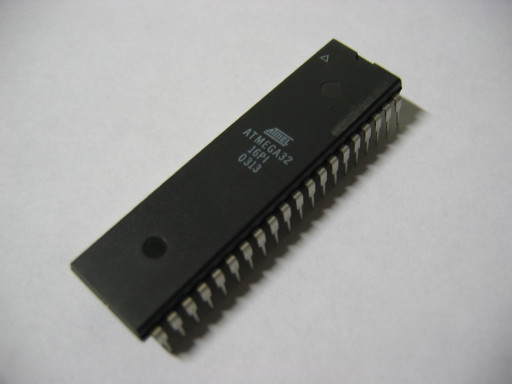
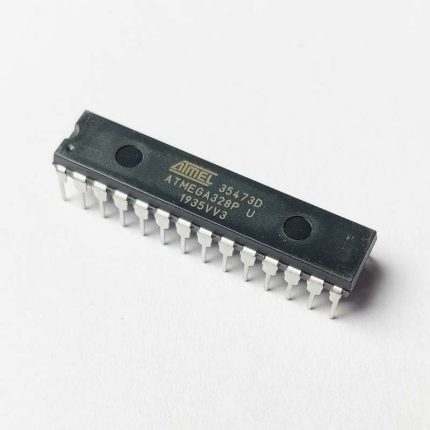
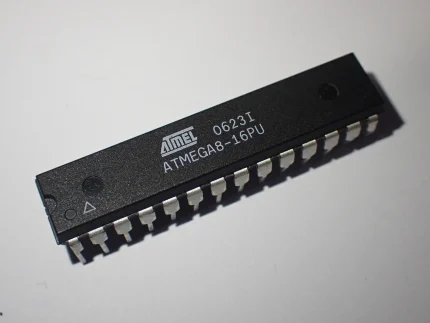


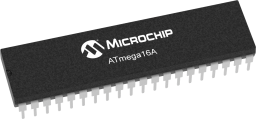

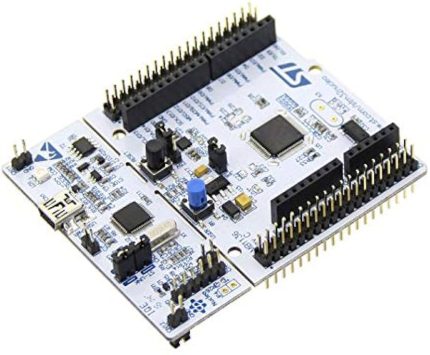
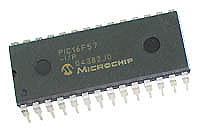
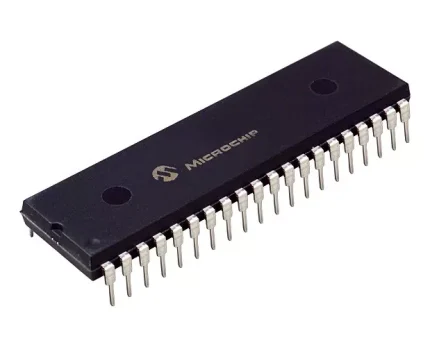
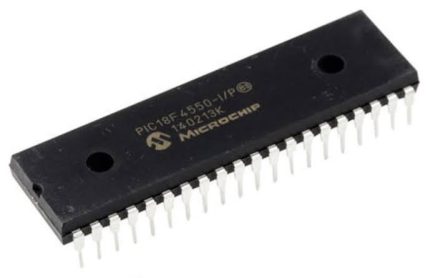
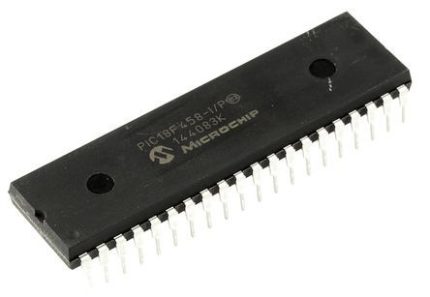

Reviews
There are no reviews yet.